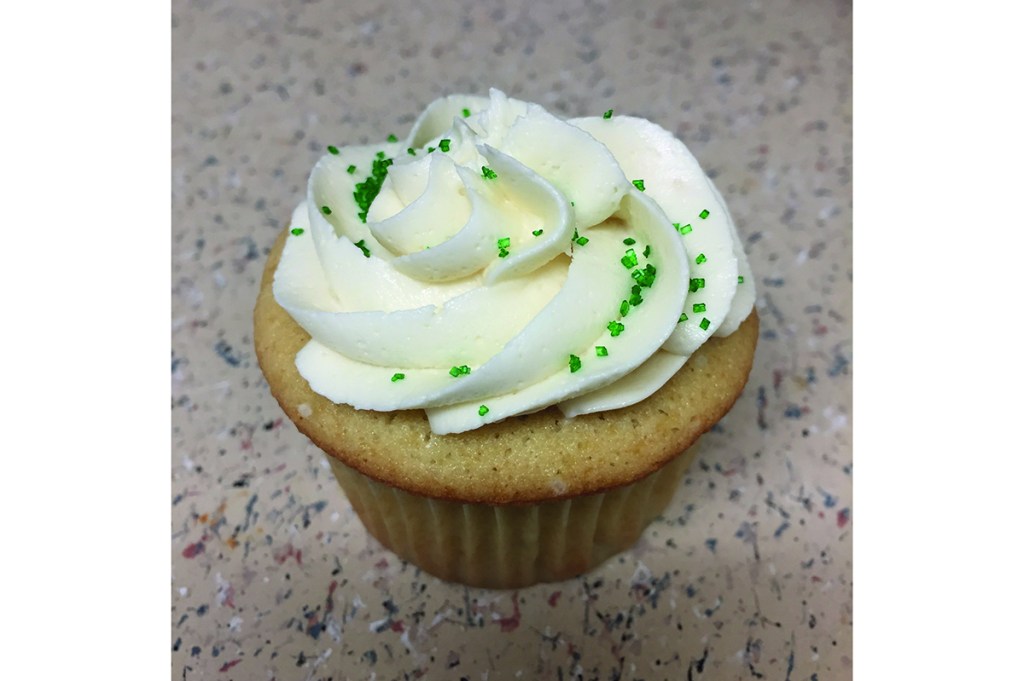Do you know the milquetoast muffin man? His name is Charlie Brooker, he’s the co-creator of the hit television series Black Mirror and he thinks cupcakes are ‘bullshit’.
‘A cupcake is just a muffin with clown puke topping,’ Brooker wrote in 2012. ’Once you’ve got through the clown puke there’s nothing but a fistful of quotidian sponge nestling in a depressing, soggy “cup” that feels like a pair of paper knickers a fat man has been sitting in throughout a long, hot coach journey between two disappointing market towns.’
I’m usually quite skeptical of gastronomic fads — the rainbow bagel and matcha ice creams can go pound sand — but I’m here to defend the cupcake. The typical fashion in trendy foodstuffs is contrived from a desire for internet virality or, depending on whom you ask, bare-faced, late-capitalist cultural appropriation. The teacup-sized sponge retains an innate purity and is as American as pecan pie. It’s the Taylor Swift of snacks.
The first cupcake on American soil is credited to pastry pioneer Amelia Simmons, whose American Cookery was published at Hartford, Connecticut in 1796. But the sacred term ‘cupcake’ did not appear in a cookbook until 1828, in Eliza Leslie’s Seventy-Five Receipts for Pastry, Cakes, and Sweetmeats. Since then, patriotic bakers have used these handheld treats as miniature platforms for experimentation, stuffing them with jams, topping them with swirls of torched meringue, even infusing them with alcohol.
It’s not clear why, exactly, the cupcake, long settled on the hips, returned to hipness. By 2012, the year of Brooker’s sugar-free screed, demand was so high that gourmet bakeries were opening across the US to dole out the sweet treats at $5 a pop. I personally witnessed lines for Georgetown Cupcake, which had its own reality television show at the time, stretching for blocks in the middle of a weekday.
[special_offer]
Brooker and the gingham-clad Hoyas — and the fancy shops too — miss the whole point of the cupcake: accessibility. Even the most amateurish baker can put together an exceptional cupcake. A cupcake doesn’t require the precise weighing of batter to make sure layers are even, nor the temperamental cooking time that sometimes leaves outer edges burnt and the inside raw, nor the architectural skill to build a multi-tiered monstrosity. There’s no slicing of layers with a bread knife, no delicate stacking, no crumb coat of frosting. If the cupcake has a socioeconomic status, it’s working class.
To be sure, in a society that believes in upward mobility, there’s always room to dress up a cupcake. On my haughtier days I’m partial to a boozy one with an orange liqueur crumb and Champagne frosting. But the true beauty of our little fluffy friend lies in her versatility and easiness. Arise, the cupcake: there’s no better batter for our populist age.


















